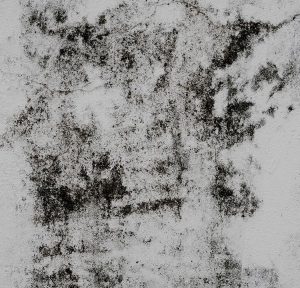September is hurricane season, which means many workers will be involved in cleaning up the aftermath of powerful storms.
Even though Hurricane Dorian is gone, hazardous conditions likely still exist. Mold hazards can be especially pervasive following hurricane damage — and it causes health issues in exposed workers.
How Do Mold Hazards Affect Workers?
Mold is a type of fungi that reproduces by forming spores and releasing them into the air.
In order to grow, spores need to land on a moist surface, where they penetrate porous materials and release chemicals. When present in the air, mold hazards may cause infections and allergy symptoms.
Mold Clean-Up
In order to contain mold, you must control its source of moisture.
Drying and removing water-damaged materials limits and/or prevents mold growth. However, determining the size and materials of the infested area is important for creating a worker protection and remediation strategy.
Recent Article: Flu Season – Now is the Time to Prepare
This may involve construction activities – it’s often more affordable to remove and replace building materials than to dry and clean mold contaminated areas.
Protecting Workers During Mold Clean-Up
Employers can use engineering controls, work practices, and personal protective equipment (PPE) to protect workers during mold remediation.
All of these methods should aim to limit the mold in the air or to limit inhalation.
Engineering Controls
These methods work to create a barrier between workers and the hazard:
- Re-wet materials with a mist of water to suppress spores, dust, and debris.
- Wrap and seal the items that will be thrown out in plastic bags or sheets to reduce the spread of spores.
- Provide natural or local exhaust ventilation during all cleaning steps.
Work Practices
Provide these guidelines to workers to outline how to perform a task with minimum risk:
- Don’t eat, drink, or smoke in work areas.
- After an area has been cleaned and is completely dry, vacuum the area with a HEPA vacuum. These can also be used to clean up dust that has settled on surfaces outside the work area.
- Clean all areas where workers come and go with a mop and a detergent solution.
- After working in mold contaminated areas, thoroughly wash hair, scalp, and nails.
Personal Protective Equipment
Protect workers from inhaling toxic mold with the following equipment:
- Respirators
- In areas smaller than 100 square feet, use either a half-faced or full-face N, R, or P-95 approved respirator
- In bigger areas where there is blanket mold coverage, use an approved full-face respirator, either an N, R, or P-100.
- Non-vented goggles
- Long gloves to protect workers from skin-to-skin contact with chemicals used to clean surfaces
- Protective clothing to prevent direct contact with mold or chemicals
Your Health & Safety Plan
The best way to keep workers safe is with a solid medical surveillance testing program.
Here at Worksite Medical, we bring all the resources of a medical lab directly to you, from blood work and OSHA physicals to respirator fit testing & audiometric exams.
Find your solution today at WorksiteMed.com, or complete the form below to schedule and/or get your free quote!




